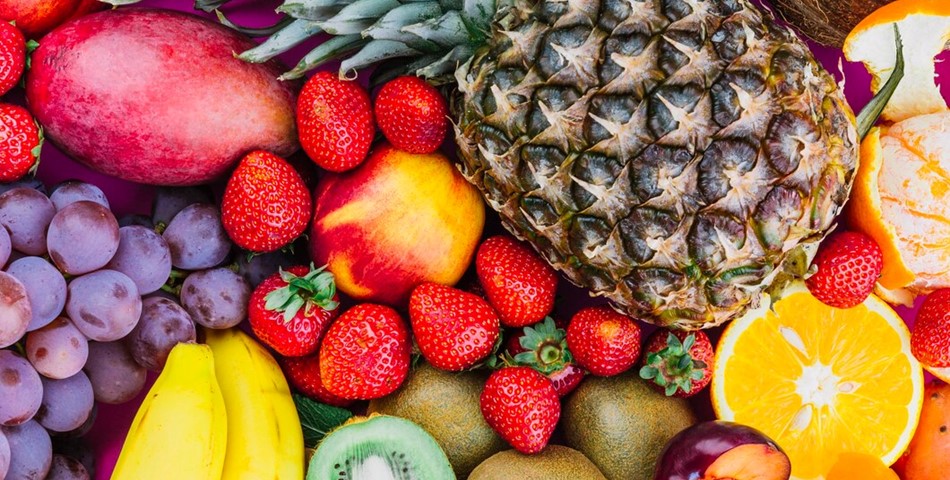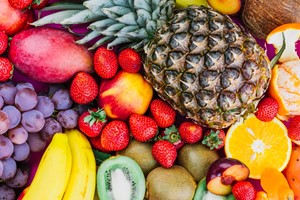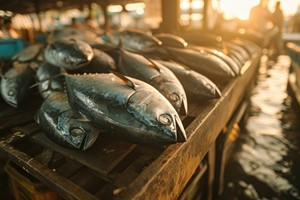In the global battle against food waste and foodborne illnesses, a groundbreaking solution has emerged at the intersection of science and agriculture. With over 50% of fruits and vegetables lost during handling and post-harvest treatments, and foodborne diseases posing a significant health risk, the need for innovation in food preservation and safety has never been more pressing.
Enter the innovative wax coating, a product of collaborative efforts combining expertise in chemical engineering and horticultural science. This novel coating blends existing food-grade wax with nano-encapsulated cinnamon-bark essential oil in protein carriers, offering a natural and effective approach to extending shelf life and enhancing food safety.
The key features of this revolutionary coating lie in its nano-encapsulation technology, which slows down the release of essential oil, thereby prolonging its effectiveness. Moreover, this is the first instance of nano-encapsulated essential oil being utilized in food waxes, marking a significant advancement in food preservation methods.
The benefits of this solution are manifold. Firstly, the extended shelf life afforded by the wax coating translates to a substantial reduction in food waste, addressing a critical issue in global food security. By protecting against bacteria and fungi both immediately and over time, the coating inhibits bacterial attachment and survival, potentially reducing the incidence of foodborne illnesses. Importantly, the ingredients used are FDA-approved and food-safe, ensuring consumer confidence in the safety of their produce.
The scalability of this technology further enhances its appeal, as it can be easily adapted for mass production in the food industry. However, as with any new innovation, there are areas that warrant further exploration. Cost-effectiveness compared to existing methods, consumer acceptance, and long-term effects on the environment and human health are all areas deserving of attention.
phys.org














